Can Cadillac Compete with Tesla and Porsche with an All-Electric Performance Sedan? originally appeared on Autoblog.
Can an American legend redefine its sedan?
Sedans have been synonymous with Cadillac since dinosaurs roamed the Earth, and perhaps even before the birth of Father Time himself. The traditional three-box four-door saloon is a long-standing staple of the legendary American luxury marque, and that tradition continues to this very day.
Although this tradition has remained strong and true over many decades, what Cadillac's flagship sedan has stood for has changed dramatically over time. From the mob-favorite Series 62 sedans of the late 1940s, to the bright pink tailfin-laden Sedan DeVilles of the late '50s, the fit-for-president, conservatively understated Fleetwoods of the '90s, and the roaring, fire-breathing, manually-shifted supercharged V8-powered Blackwing super saloons of today, Cadillac's sedans have always mirrored the values of the American elite during each of their respective eras. Now, with Cadillac's brand-wide shift toward fully electric vehicles, perhaps it's time for Cadillac to consider what's next for the four-door sedan.
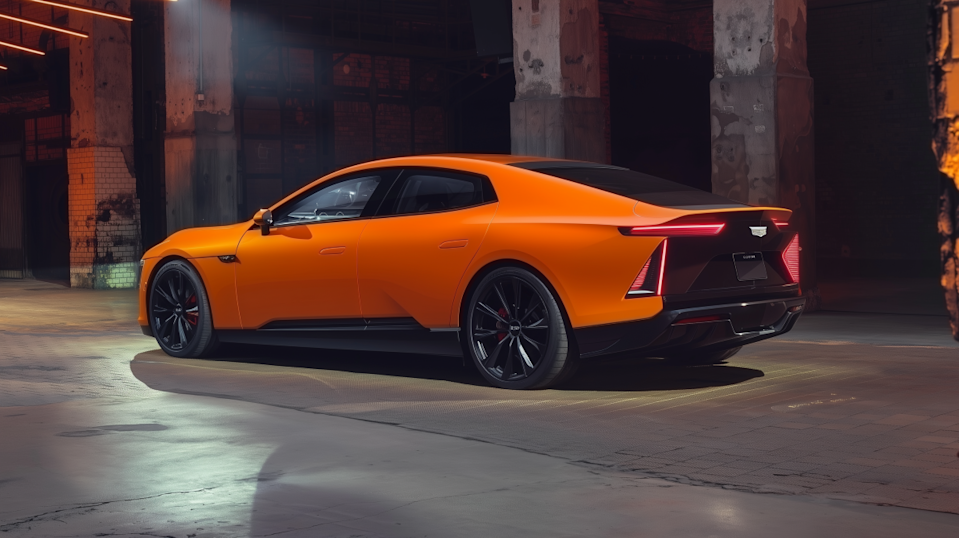
Apologies to the purists, but I believe in coexistence
Now, look... I understand that what I'm proposing here is sacrilegious at best, perhaps even egregious, but certainly frivolous. Cadillac replacing the beloved, stubborn, "take these V8s from my cold, dead hands" CT5-V Blackwing with a fully-electric "performance" sedan? "That worked out so well for the Dodge Charger," you may think aloud to yourself with much spite and sarcasm. And, well, truthfully, I agree with you. Taking away such a well-loved vehicle, with such a strong-hearted American spirit beneath its bonnet, and replacing it with a battery-powered simulacra of its former self would just be plain cruel. I love the Cadillac CT5-V Blackwing and what it stands for just as much as the next unwavering petrolhead, but that doesn't mean I don't believe that an electric performance four-door could happily coexist alongside the Blackwing lineup in Cadillac's model portfolio.
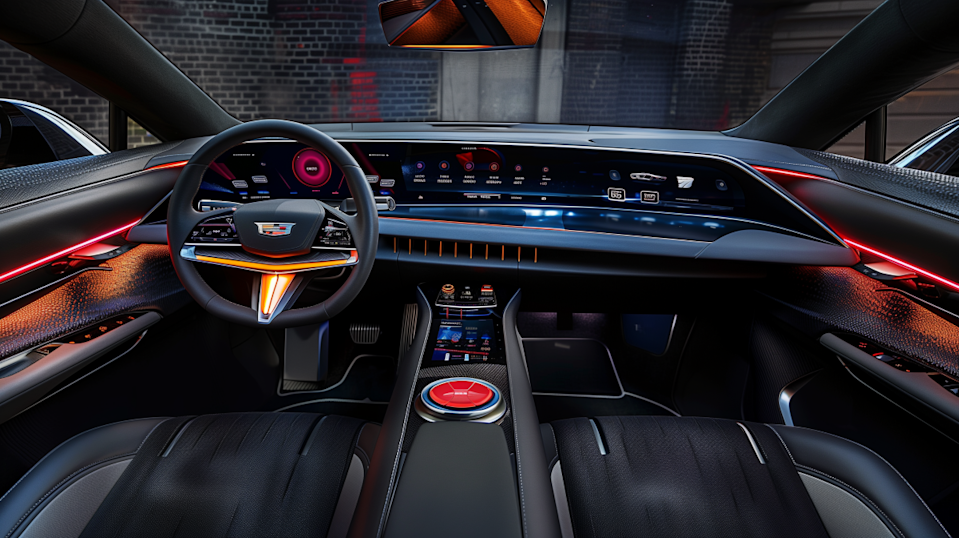
Ford has established a precedent that suggests such a bold strategy could work
Just look at the Mustang, man: Ford's triumphant hurrah. The 5.0-liter Mustang GT is the last V8-powered pony car standing (at least for now; I've got my fingers permanently crossed in the hopes that Dodge will shove a V8 into the fantastic-looking new Charger soon), and continues its iconic life as a symbolic staple of American freedom and the ability for buyers to choose whatever they truly want, rather than out-of-touch politicians and overreaching regulatory organizations. At the same time, however, Ford will gladly sell you a fully electric crossover with a Mustang badge, available with multiple levels of performance and different motorsport focuses, including road, track, and even rally.
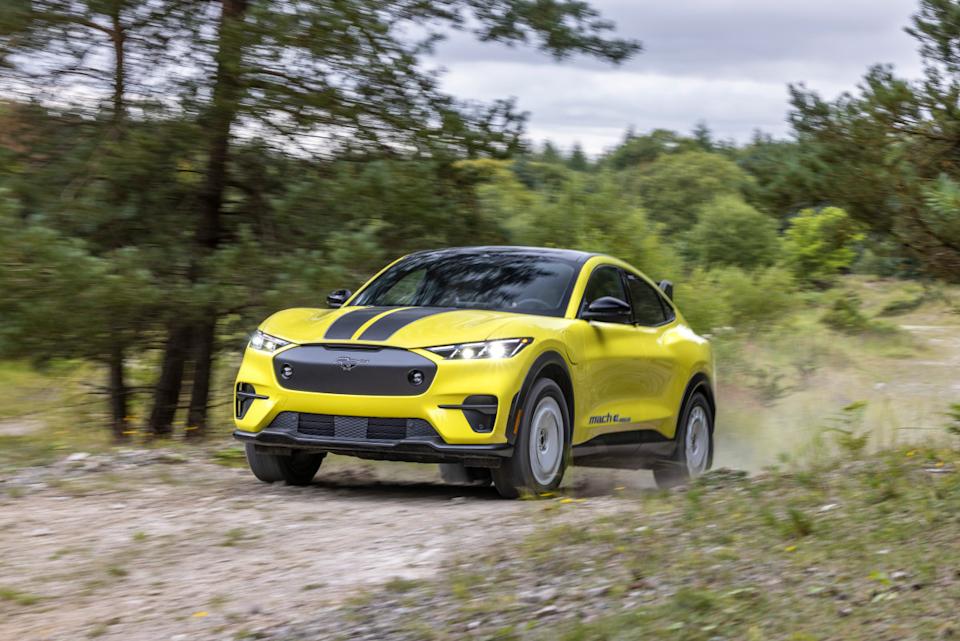
This strategy seems to be working pretty well for Ford, considering the Mustang Mach-E has been outselling the regular Mustang in 2025, just as it did in 2024, according to The Drive. Both of these vehicles are distinctly unique in many ways, yet they have earned a rightful place within Ford's lineup, complementing one another in a symbiotic harmony. Both the Mustang GT Fastback (or convertible) and the Mach-E can coexist because freedom of choice goes both ways, and offering both a raucous V8 sports car and a fully electric family car with more than enough power to leave the alternative well in the dust provides much-needed variety for an increasingly diverse range of buyers.
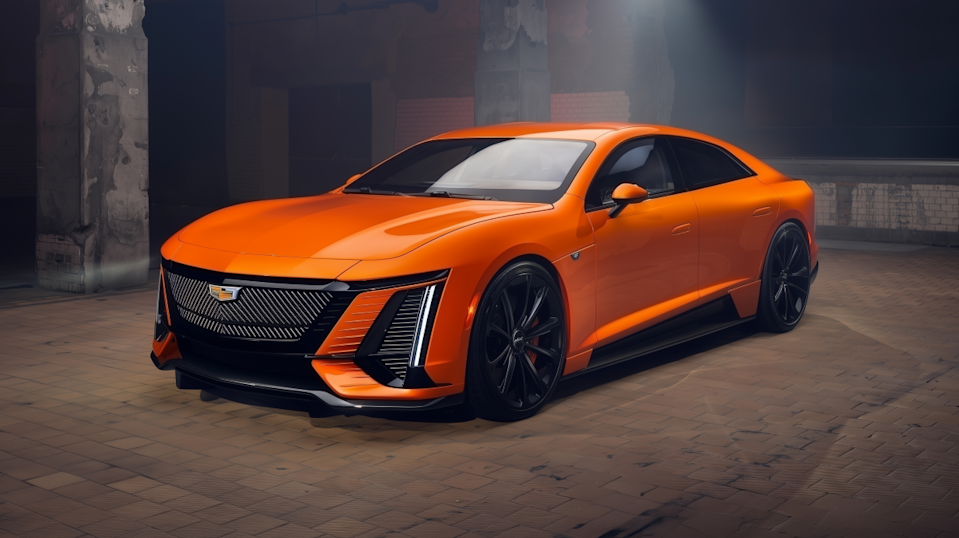
View the 3 images of this gallery on the original article
How could this benefit Cadillac?
With the heavy push towards electrification within Cadillac's model lineup, the legacy American automaker now has the necessary hardware to pull off a serious performance sedan with battery-only power. Sitting on the GM Ultium platform, which currently underpins the Cadillac Lyriq, the Blazer EV, and even the Honda Prologue and Acura ZDX, an electric Cadillac performance sedan could offer the Lyriq's optional 102 kWh battery with dual-motors as standard equipment, which would provide a feisty 500 horsepower shock to all four wheels, along with 450 lb-ft of torque. A "V" branded version could equip the Lyriq-V's 615-horsepower dual-motor setup, which also produces 650 lb-ft of torque, which could provide a hardened, high-performance alternative to segment heavy-hitters such as the Tesla Model S, Lucid Air, Porsche Taycan, and the Mercedes-AMG EQE. Going a step further, a Blackwing variant could approach, or perhaps even surpass, the 1,000-horsepower mark, aiming its sights directly at the likes of the Tesla Model S Plaid, the Porsche Taycan Turbo GT, and the Lucid Air Sapphire.
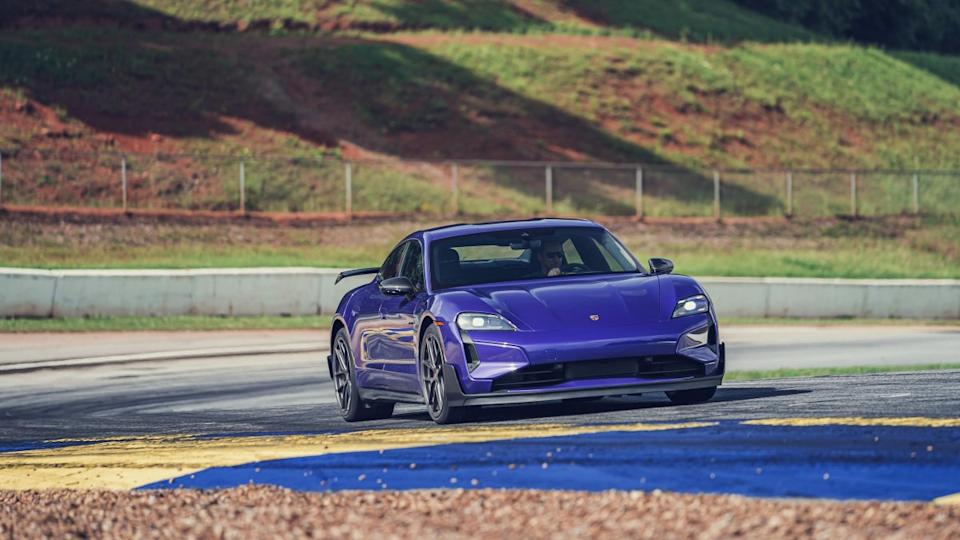
Final thoughts
Although such a radical idea is sure to bring about a highly divisive range of opinions, that's kind of the point. People feel very strongly about things – especially when it comes to whether a performance car should have a loud and proud petrol engine or a silent yet deadly battery pack, so automakers should offer as much choice and variety as possible to cover their bases. Integrating a fully electric performance sedan into Cadillac's lineup could not only boost and diversify the brand's appeal but also serve as an intriguing test to see what people honestly prefer. And, hey, who knows, maybe it would be a total flop and Cadillac will keep on stuffing supercharged V8s under the hoods of their performance cars for the rest of eternity. That's an outcome I'd gladly accept.
Can Cadillac Compete with Tesla and Porsche with an All-Electric Performance Sedan? first appeared on Autoblog on Aug 20, 2025
This story was originally reported by Autoblog on Aug 20, 2025, where it first appeared.
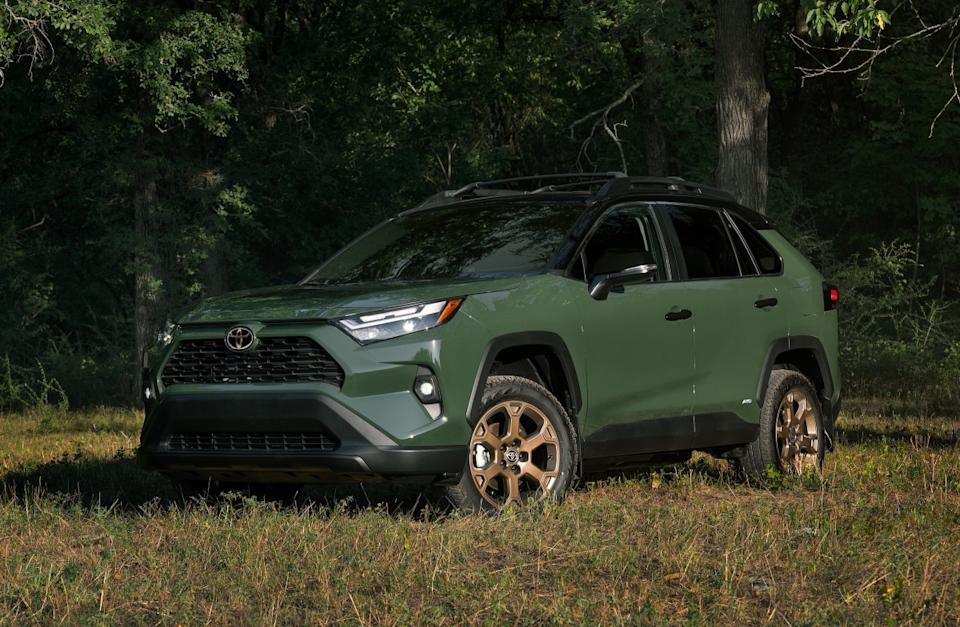
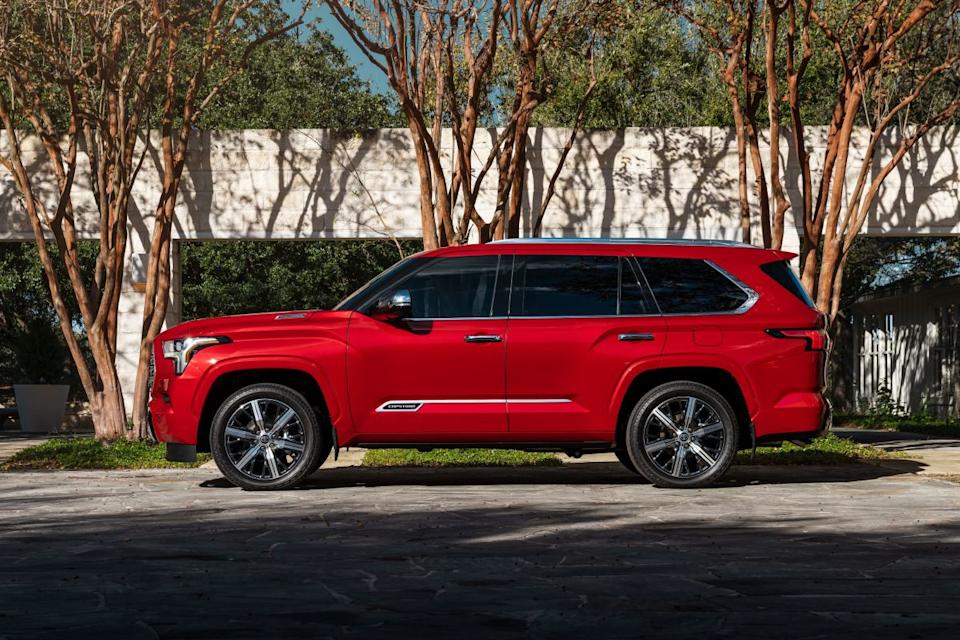
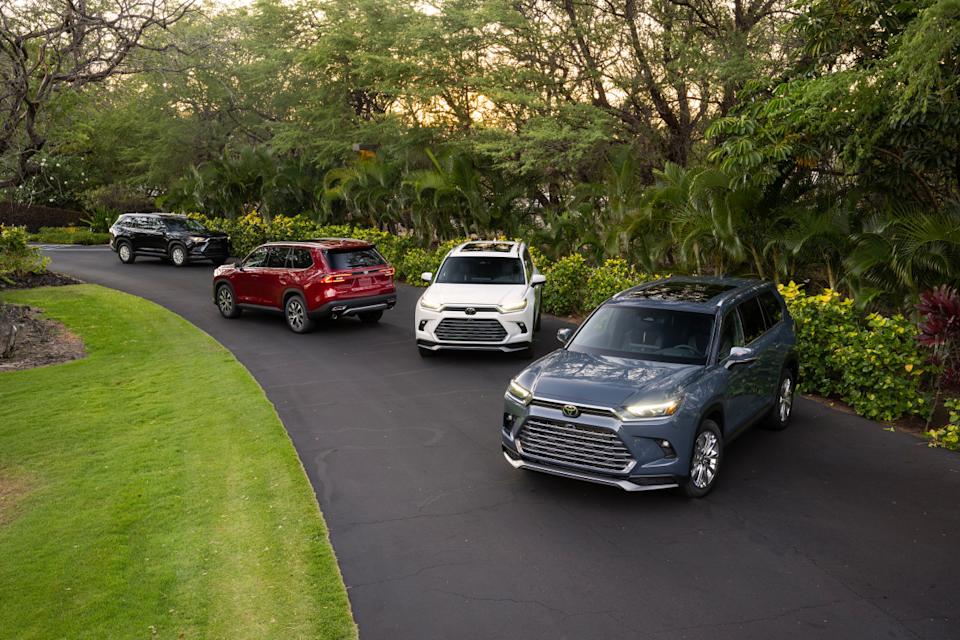
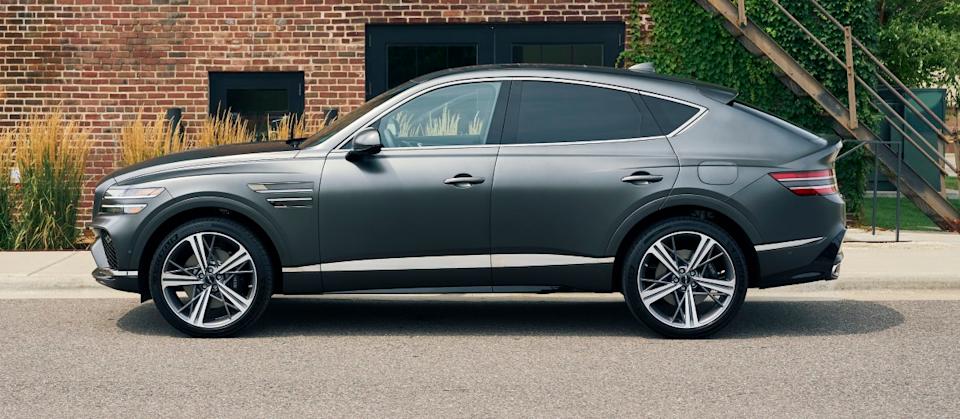

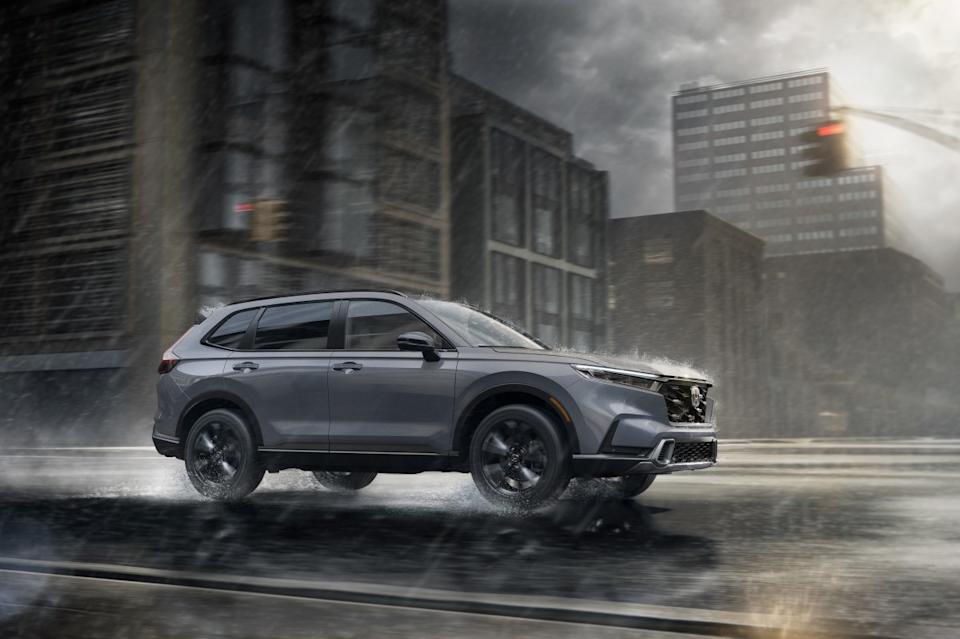

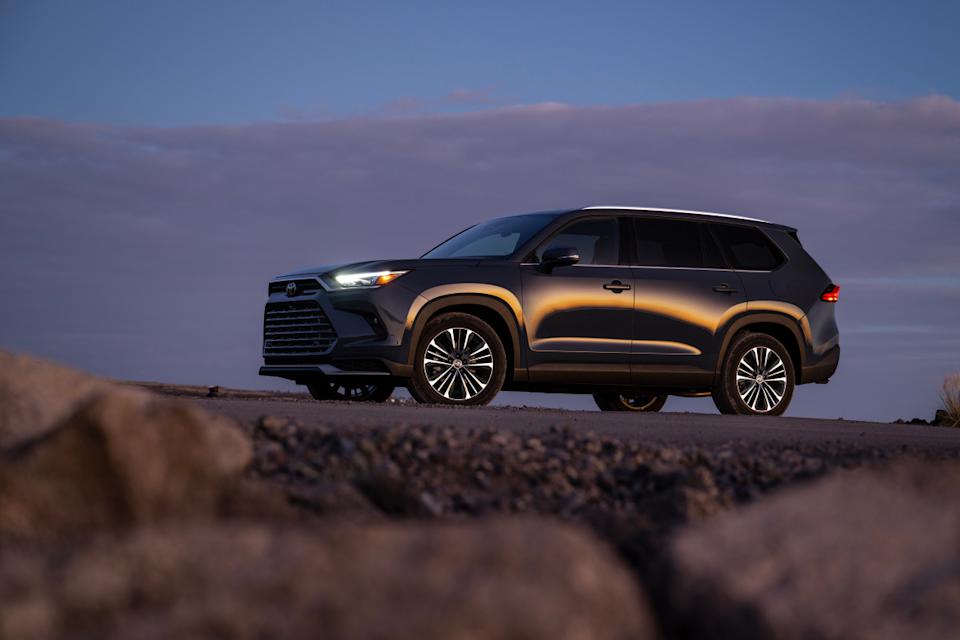
Comments